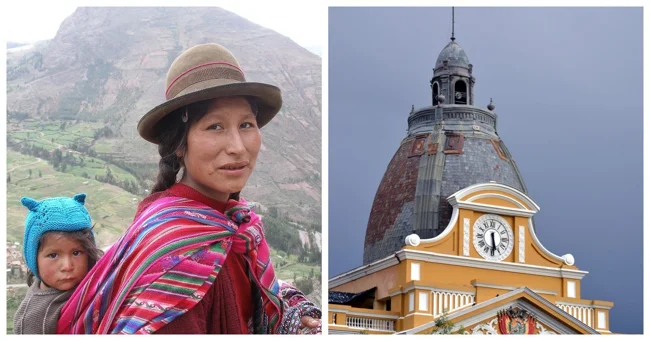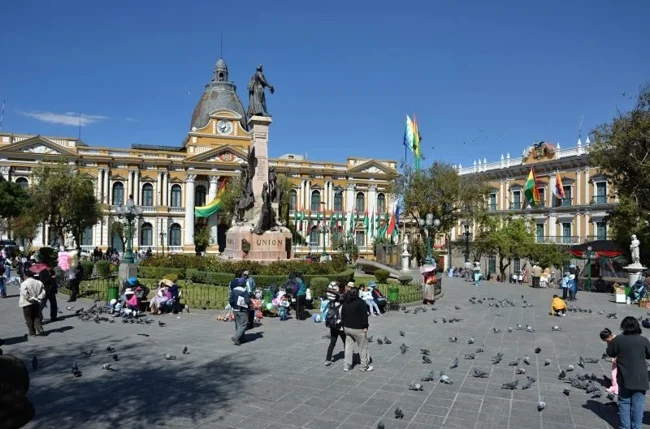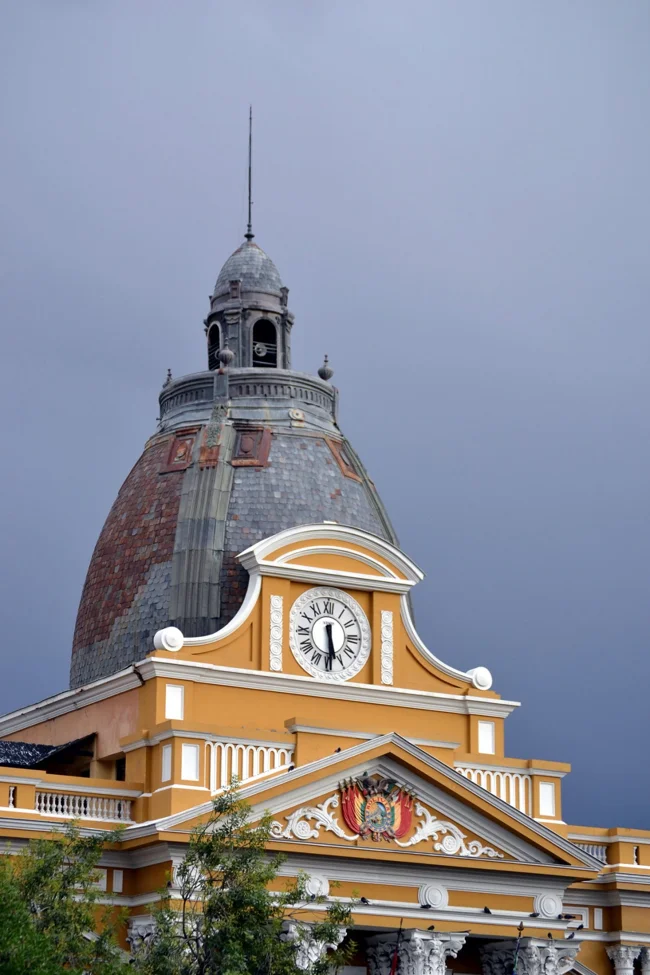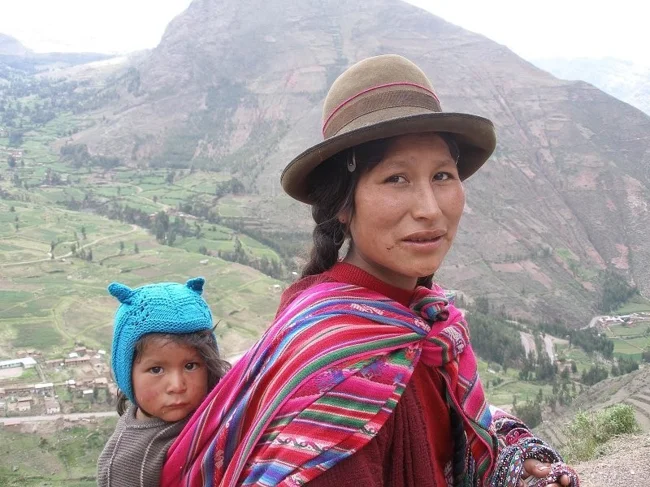Bolivian anti-clocks demonstrating their approach to the flow of time (7 photos)
Time is inexorable, and the mechanism that displays its passage is impartial. But there are exceptions to the rule. 
In La Paz, atop the Bolivian Parliament building, time obeys different rules. The clock installed there defies centuries-old tradition. Its hands move from right to left, and the numbers on the dial are arranged in reverse order. 
Plaza Murillo Central Square
This metamorphosis occurred in 2014, when authorities decided to imbue the old 1920s building with a new, deeply symbolic meaning. The initiator of the transformation, Foreign Minister David Choquehuanca, responded to criticism with rhetorical questions. 
Who established that the hands should only turn in one direction? Why are we obligated to blindly follow other people's standards? he said, emphasizing the importance of national identity. 
This move, according to the authors, is intended to return Bolivians to the philosophy of the indigenous peoples – the Aymara and Quechua. Their unique worldview places the past not behind, but ahead of man, as it is already known and visible. The future, however, remains unknown. A scientific argument based on sundials was used as a justification: in the Southern Hemisphere, the shadow of the gnomon, which is their prototype, supposedly moves counterclockwise. 
Aymara People
However, for the vertical dial in La Paz, located near the equator, this rule does not always apply and is not strict. Thus, the sundial's main value lies not in its astronomical accuracy, but in its cultural and political significance. 
Quechua woman with child
The unusual chronometer provoked a mixed reaction from city residents. Some perceived the innovation as a technical glitch, while others welcomed the bold symbol of national identity, which forces us to rethink the very concept of time. 


























